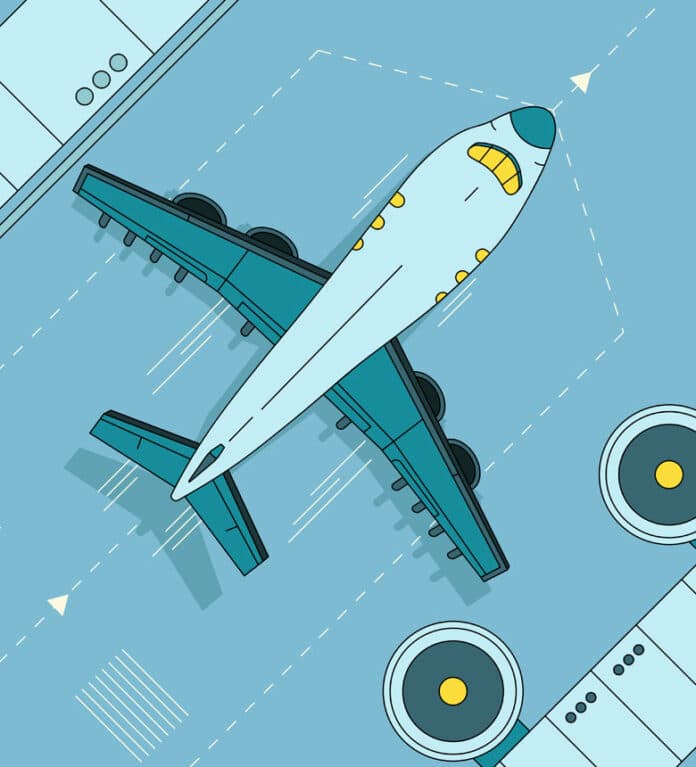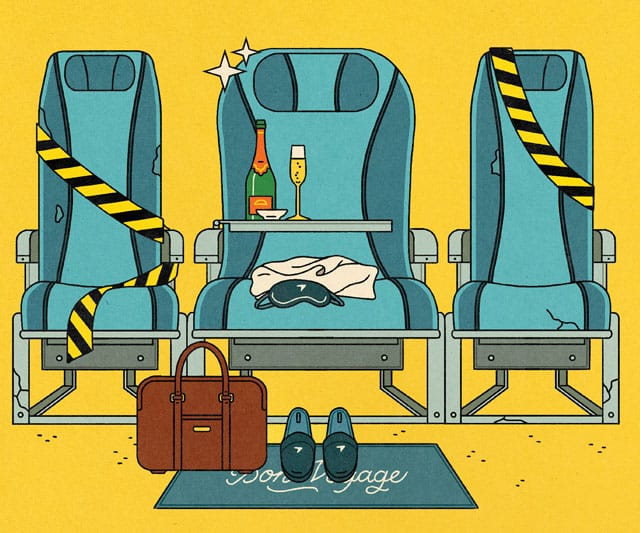The airplane’s cabin doors closed hours ago, you’re fastened into your seat and you’re still on the ground, going nowhere fast. What gives?
Tarmac delays may be routine, but that doesn’t make them any less of a nightmare. And these instances of passenger purgatory only seem to be getting more frequent for airlines flying in and out of the United States.
Lengthy tarmac delays — defined as more than three hours on domestic flights and exceeding four hours on international flights — have jumped. Last year, airlines reported 437 long tarmac delays on domestic flights, compared with 289 in 2023, and 61 on international flights, compared with 35 in 2023, according to the U.S. Department of Transportation. For domestic flights, these delays have been on a steady uptick, more than doubling from 2018 to 2024.
Here’s what passengers should know about tarmac delays and what they’re owed when they happen.
You may never know why you’re stuck
Weather, air traffic control, and safety, maintenance or operational issues can all cause tarmac delays. Travelers may or may not know the reason their flight is held up. Though most carriers pledge to give passengers regular status updates when a delay exceeds a half-hour, not all promise to share the cause. Delta Air Lines and United Airlines say on their websites that they will. Others, including Southwest Airlines, do not.
Experts say there is no definitive explanation for last year’s spike in long tarmac delays. Frequent thunderstorms could be at fault, said Michael McCormick, a professor of air traffic management at Embry‑Riddle Aeronautical University, while John Cox, a former airline pilot who runs a safety consulting firm, said busier flying schedules may have stressed airline operations.
You may be entitled to some basic assistance
During tarmac delays, airlines are generally required to give passengers food and drink and to provide working toilets, a comfortable cabin temperature and medical assistance.
At U.S. airports, airlines are required to give passengers water and a snack within two hours of the start of a tarmac delay, unless there are safety or security reasons preventing this, according to the Transportation Department. They don’t have to serve a full meal.
In Europe, the right to refreshments kicks in after two hours on short-haul flights, three hours on medium-haul flights and four hours on long-haul flights, according to AirHelp, a Berlin company that assists passengers with airline claims.
In Canada, airlines are also required to let passengers use their phones or give them free Wi-Fi if possible, according to the Canadian Transportation Agency.
In many countries, you may deplane after three hours
In the United States, airlines have three hours, for domestic flights, to move the plane to a place where passengers can safely disembark (four hours for international flights), according to the Transportation Department. Exceptions include safety, security or air traffic control reasons. These same time frames are in place in Europe. Canada also uses the three-hour rule, with exceptions.
But if you get off the plane, you might not be able to get back on it.
The Transportation Department says that airlines aren’t required to allow passengers who have disembarked to reboard or retrieve their checked bags. If you’ve left the plane and it departs without you, you’re on the hook for booking and paying for your replacement flight.
In Europe, passengers can receive compensation
Tarmac delays tend to be less frequent in Europe, because of stricter rules, said Tomasz Pawliszyn, AirHelp’s CEO.
Travelers who arrive at their destination more than three hours late may be able to receive cash. Amounts vary depending on distance and can go up to 600 euros (about $660). And if the delay would result in an arrival that’s more than five hours late, passengers have a right to reimbursement of the fare if they don’t take the flight.
The rule covers all passengers, regardless of nationality, and flights originating in the European Union — even on U.S. carriers. On flights into EU countries, the rule applies only to EU carriers.
How to file a complaint
Contact your airline first. As a last resort, reach out to the relevant transportation agency in the country where the tarmac delay happened. In the United States, that’s the Transportation Department. In the European Union, it varies by member state.
c.2025 The New York Times Company. This article originally appeared in The New York Times.







